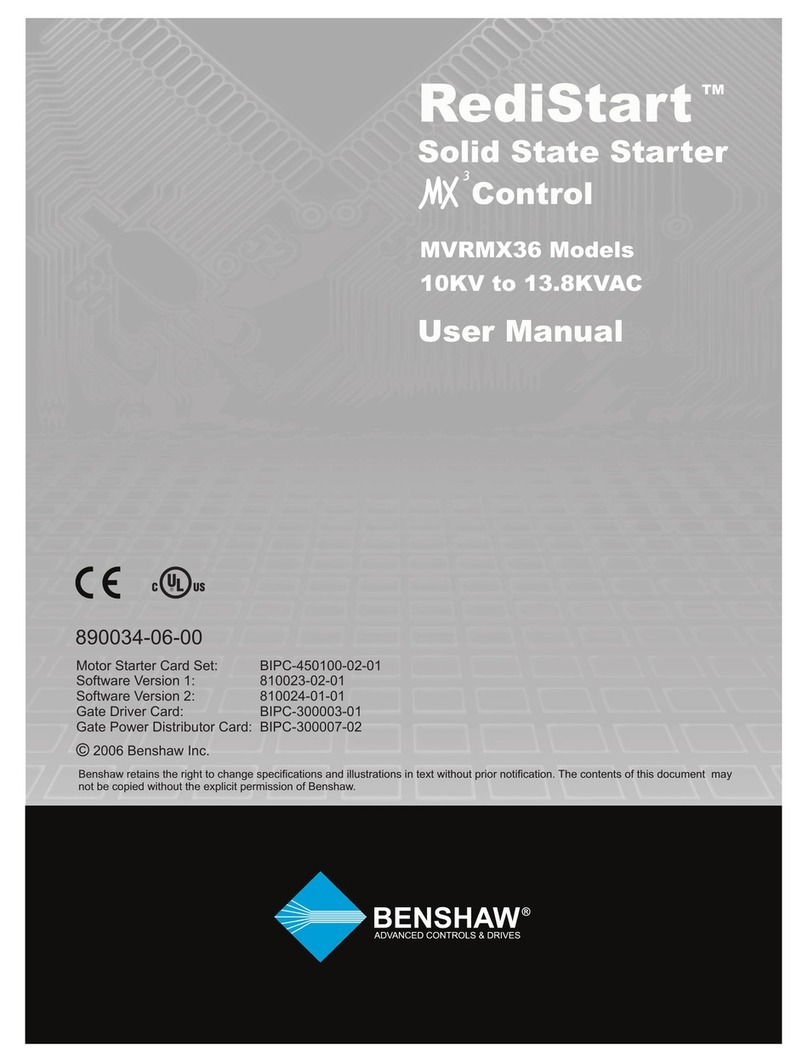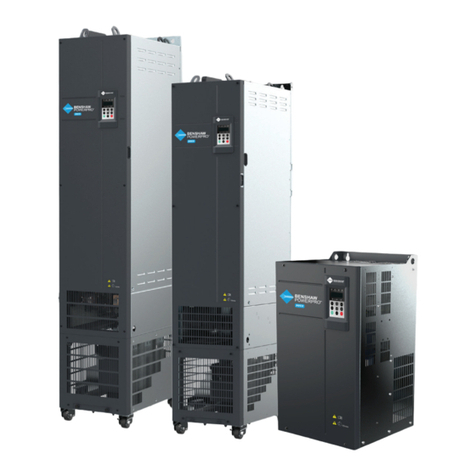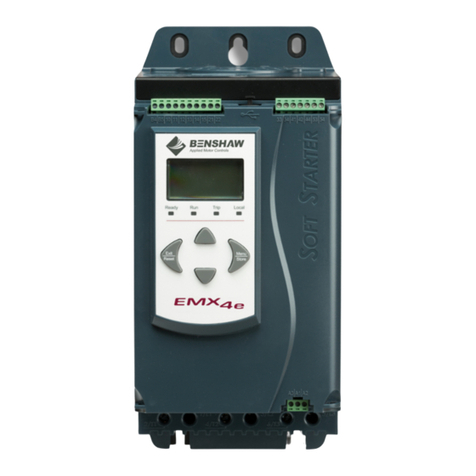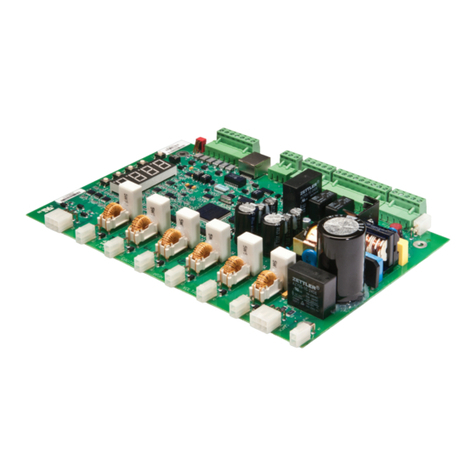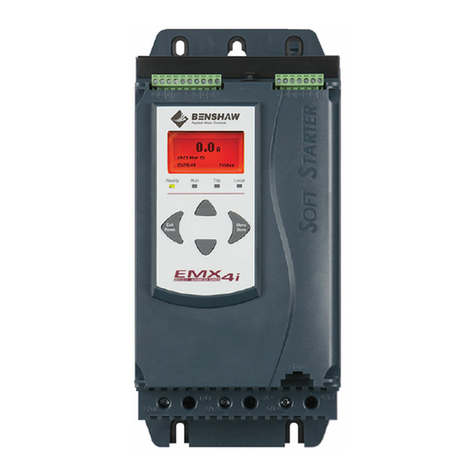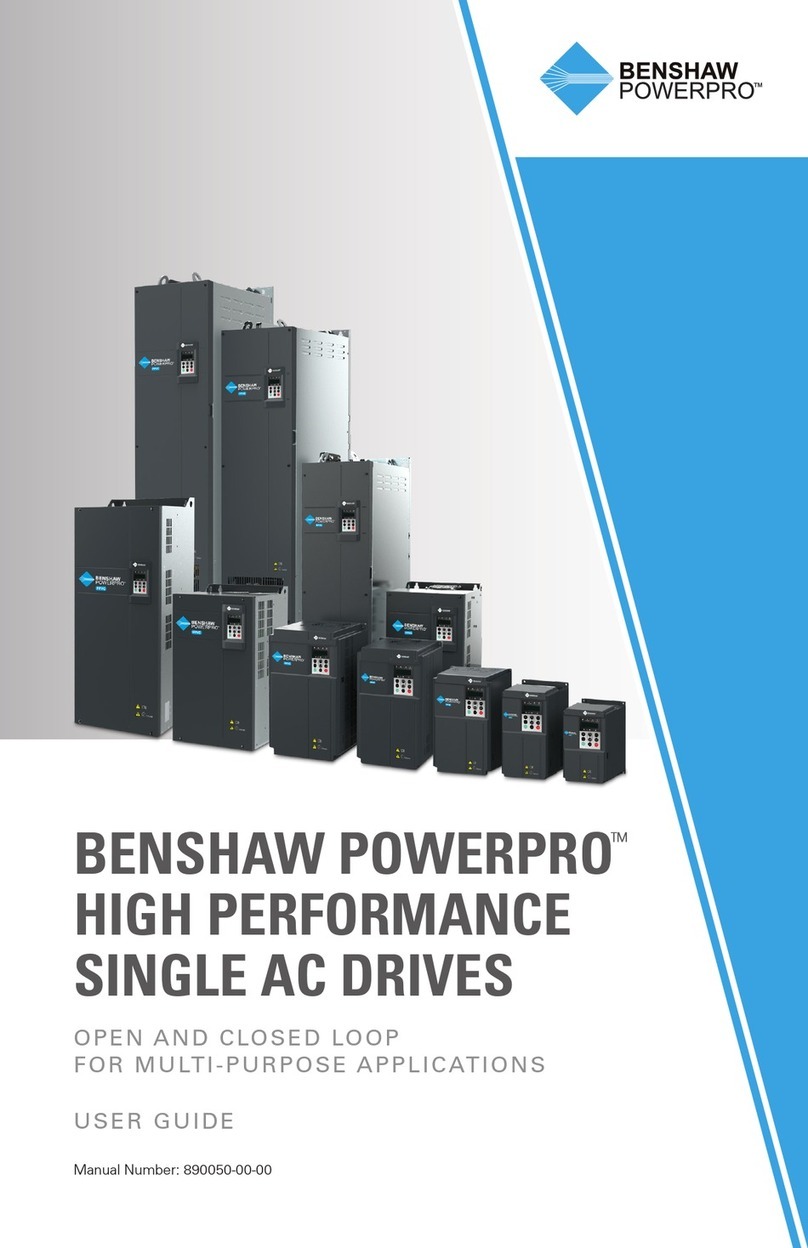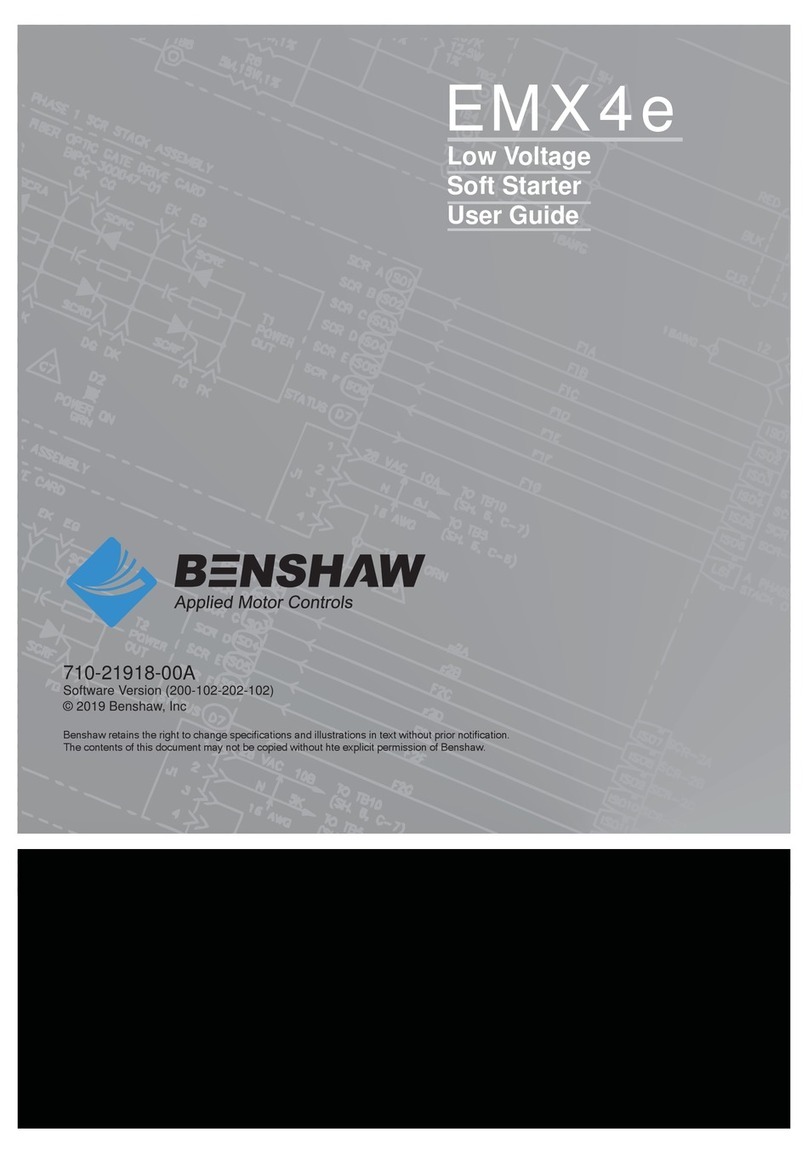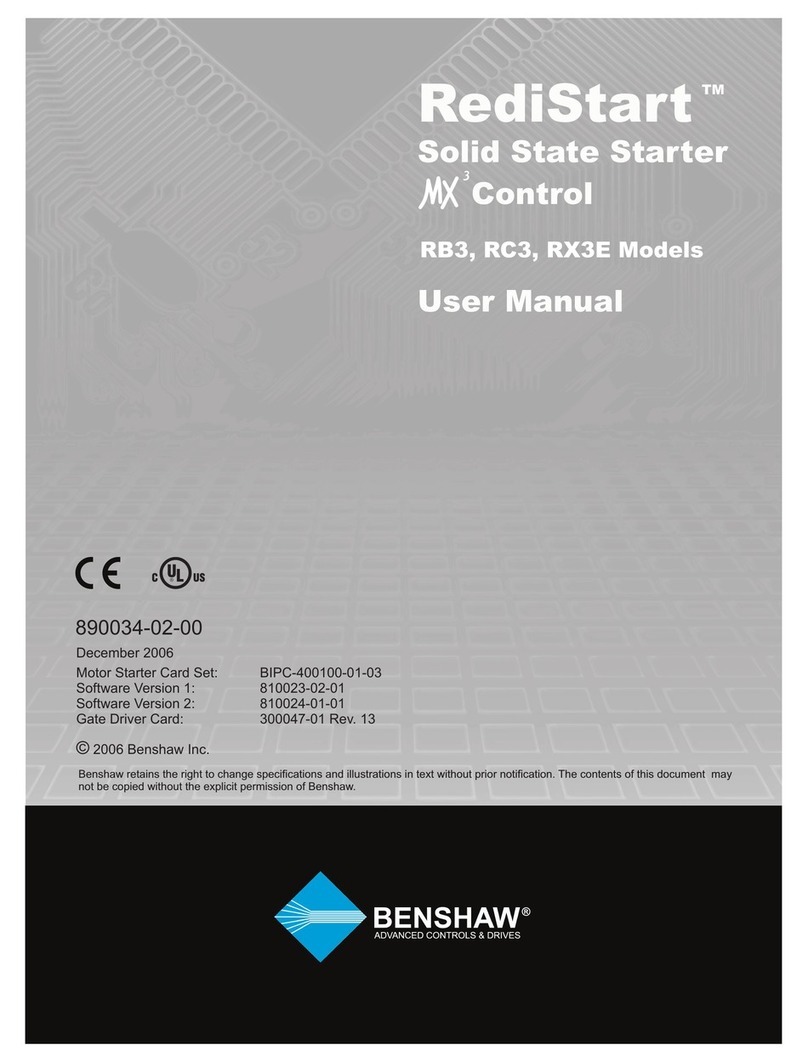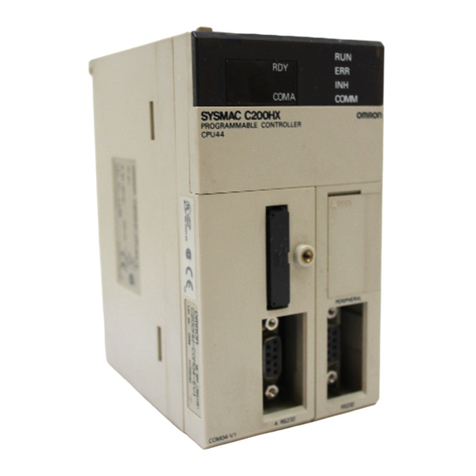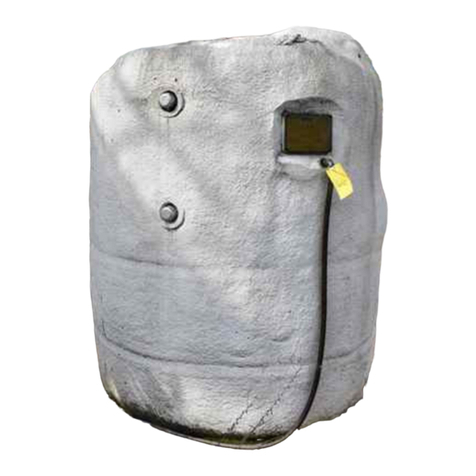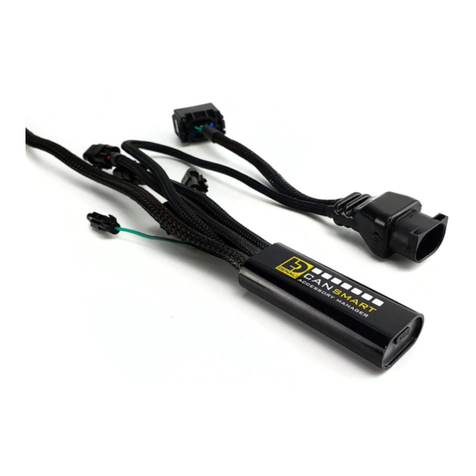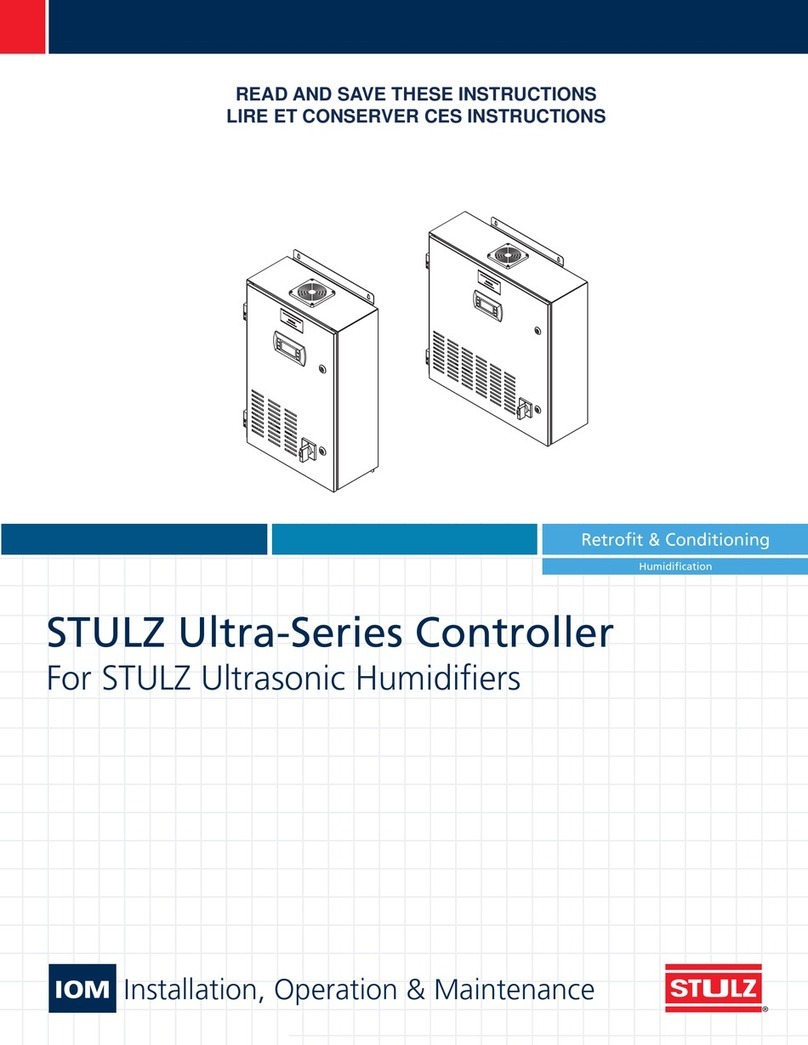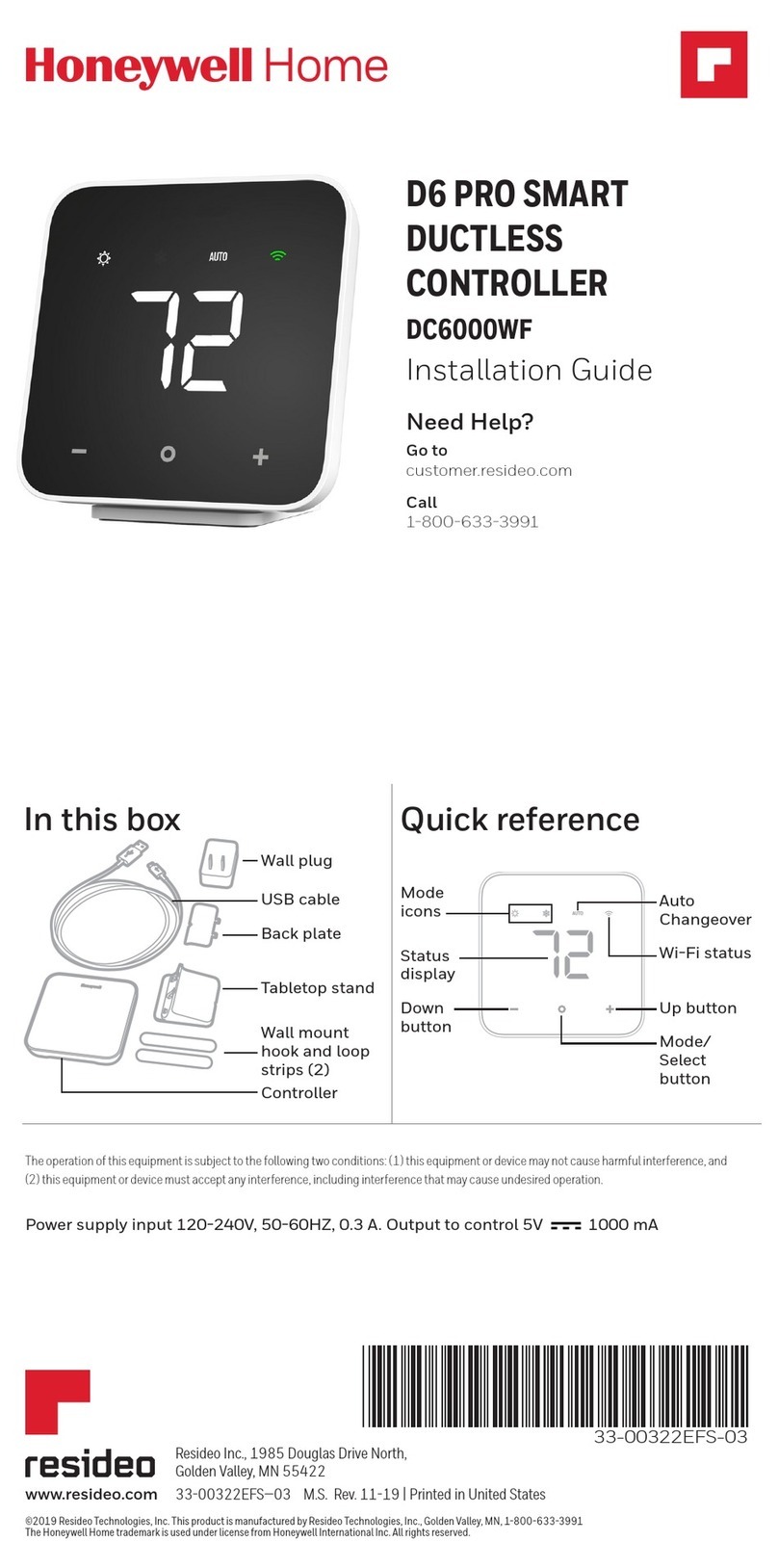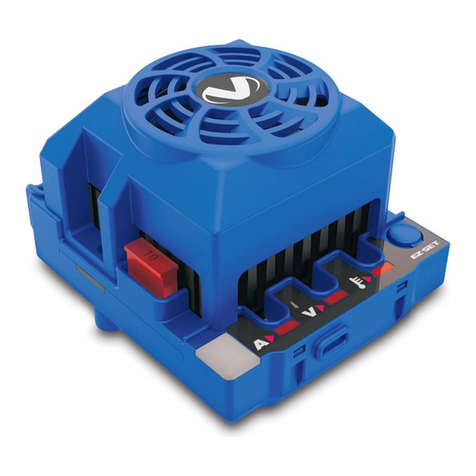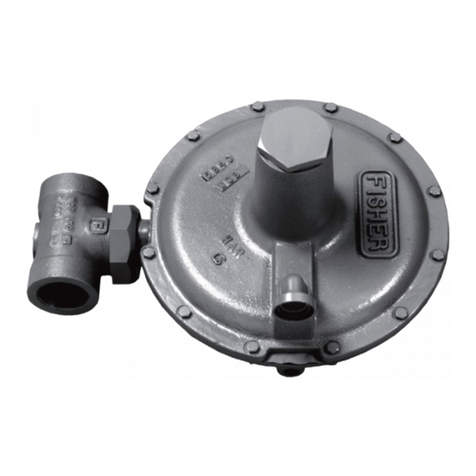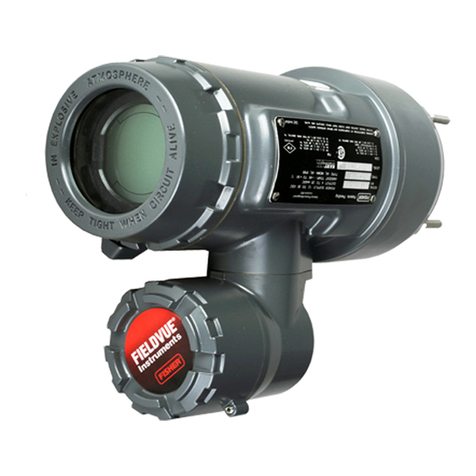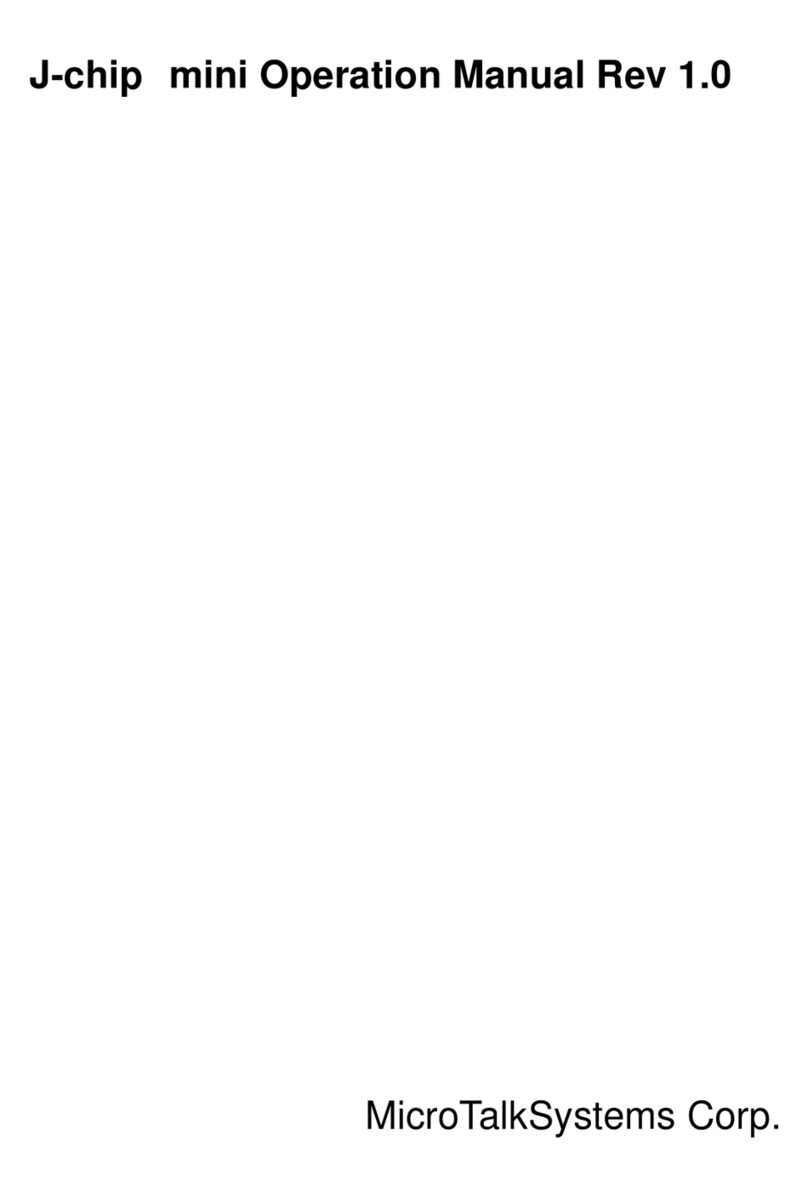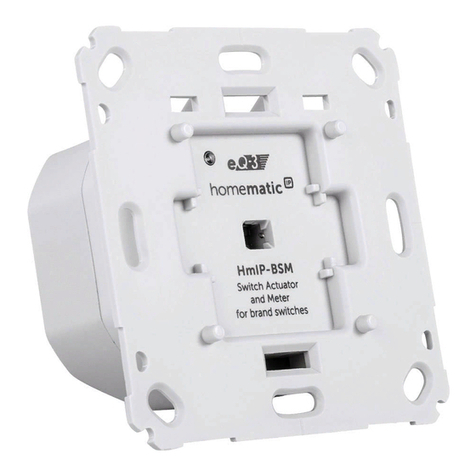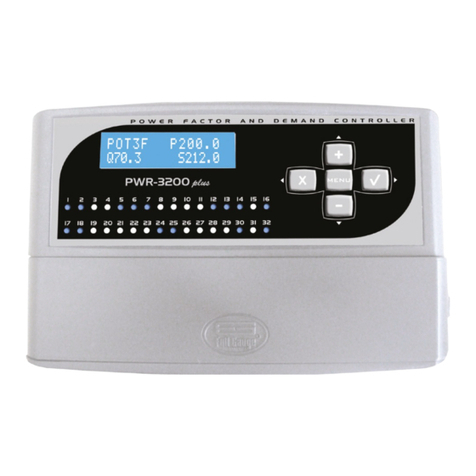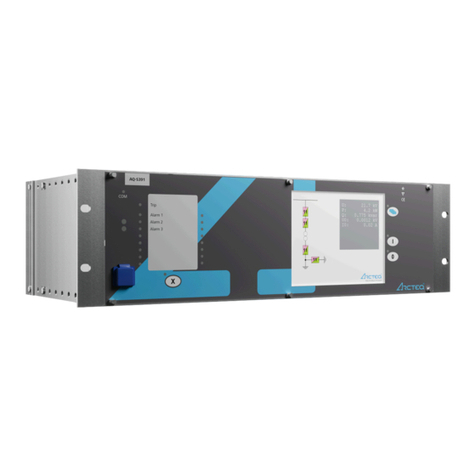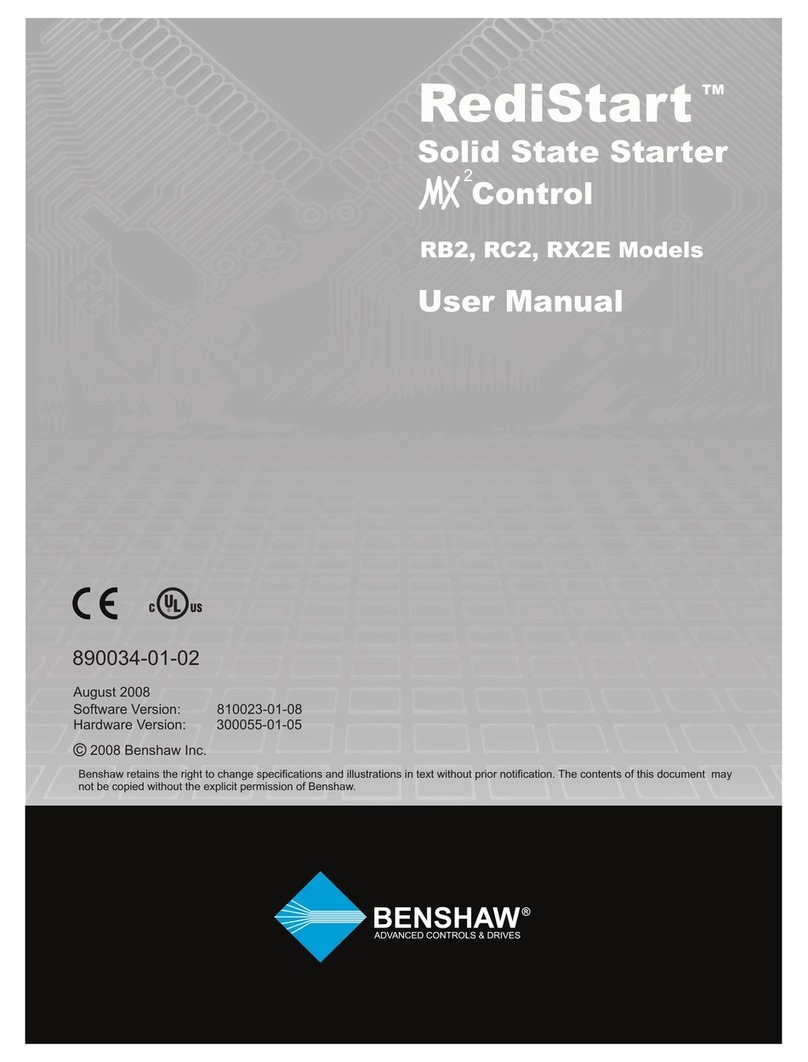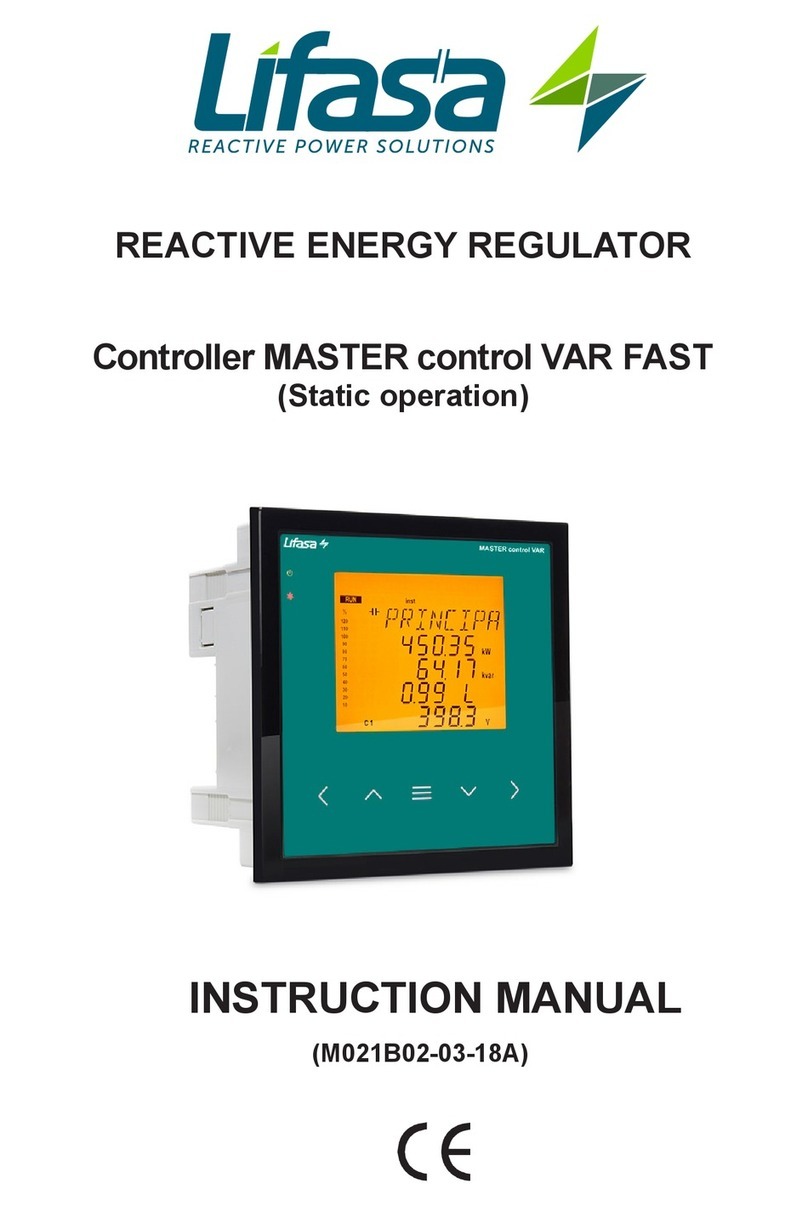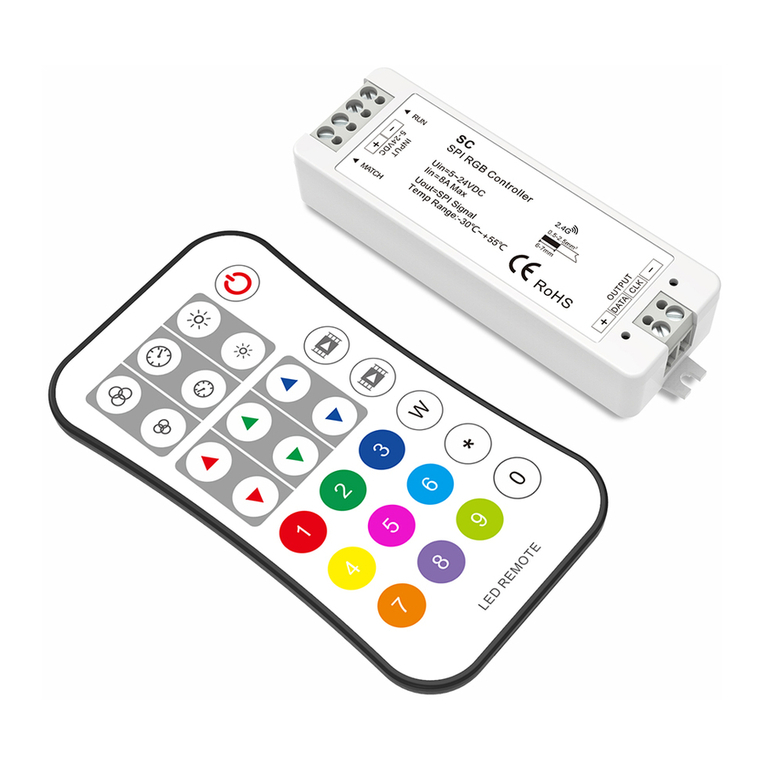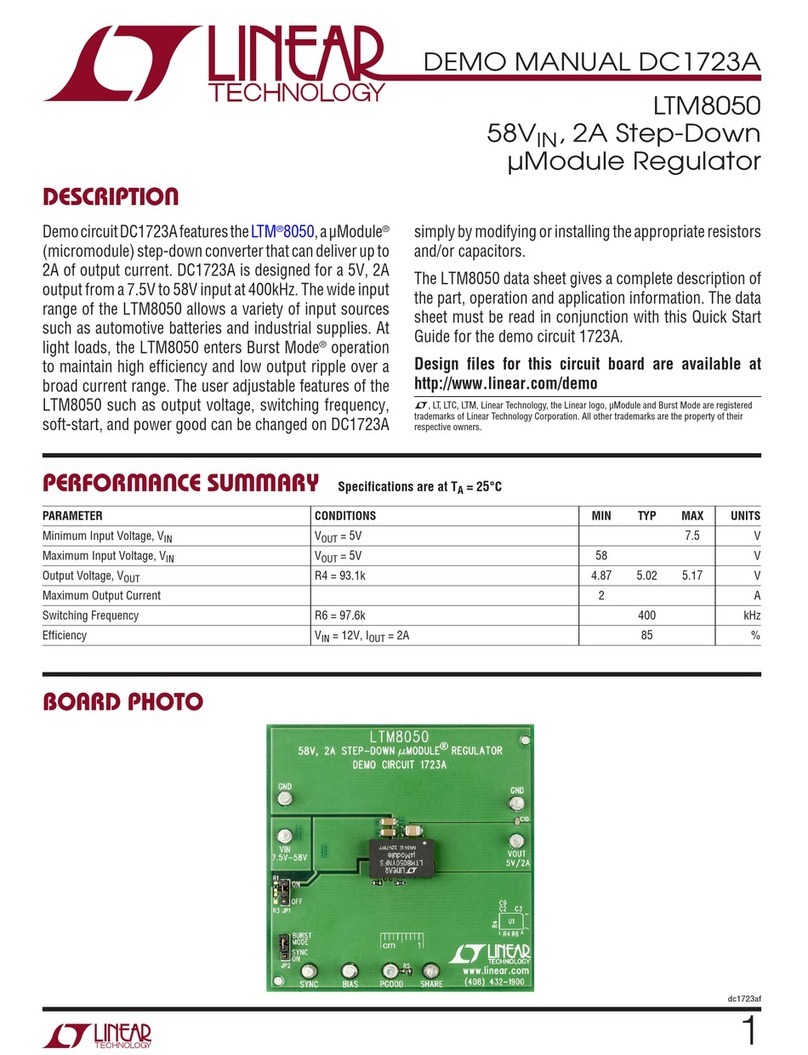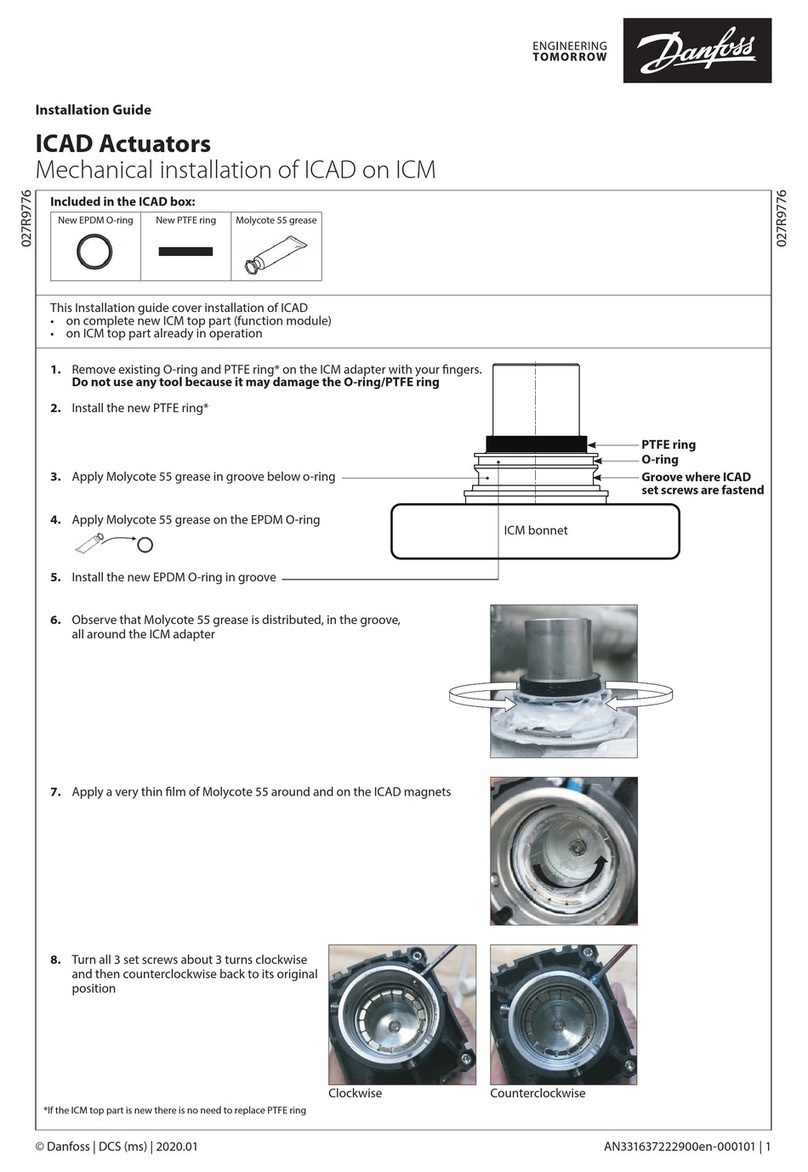
4 KEYPAD OPERATION .........................................28
4.1 Introduction ................................................28
4.2 Standard Keypad and Display .....................................28
4.3 Viewing Parameter Values for the Standard Keypad .........................28
4.4 Changing Parameter Values .......................................29
4.5 Messages Displayed ...........................................30
4.5.1 Power Up ....................................................31
4.5.2 Stopped .....................................................31
4.5.3 Running.....................................................31
4.5.4 Alarm Condition................................................31
4.5.5 Lockout Condition...............................................32
4.5.6 Faulted Condition ...............................................32
4.5.7 Quick Meters ..................................................32
4.6 Jump Code ................................................33
4.7 Restoring Factory Parameter Settings .................................33
4.8 Resetting a Fault .............................................33
4.9 2x16 Remote LCD Keypad........................................34
4.10 Description of the LEDs on the Keypad................................34
4.11 Description of the Keys on the Remote LCD Keypad ........................35
4.12 Alphanumeric Display .........................................36
4.12.1 Parameter Group Screens ..........................................37
4.12.2 Meter Pages ..................................................38
4.12.3 Fault Log Screen ...............................................38
4.12.4 Fault Screen ..................................................39
4.12.5 Lockout Screen ................................................39
4.12.6 Alarm Screen .................................................39
4.13 Procedure for Setting Data .......................................40
5 PARAMETER GROUPS .........................................44
5.1 Introduction ................................................44
5.2 LED and LCD Display Parameters Cross Reference & Control Mode Reference .........45
5.3 LED Display Parameters .........................................46
5.4 LCD Display Parameters.........................................49
5.4.1 Quick Start Group ...............................................49
5.4.2 Control Function Group ...........................................50
5.4.3 Protection Group ...............................................50
5.4.4 I/O Group ...................................................51
5.4.5 Function Group ................................................52
5.4.6 LCD Fault Group ...............................................53
5.4.7 LED Fault Group ...............................................53
6 PARAMETER DESCRIPTION .....................................56
6.1 Parameter Descriptions .........................................56
7 THEORY OF OPERATION .......................................86
7.1 Control Modes of Synchronous Motor Operation...........................86
7.1.1 Brush Type (Field Control) Synchronous Motor Operation .......................86
7.1.2 Brushless Type Synchronous Motor Operation ..............................87
7.1.3 Current Follower ...............................................87
7.2 Use Hall Effect Current Sensor .....................................88
7.2.1 Analog Input ..................................................88
iii
TABLE OF CONTENTS




















